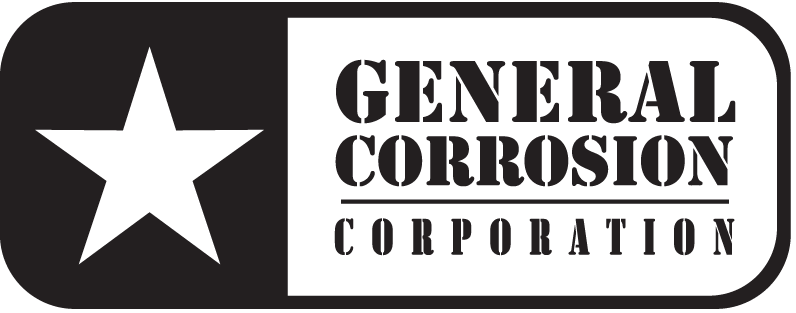Construction Field-Inspection
Why does field-inspection make sense?
Can you afford to allow contracted work on your system without full-time company or third party inspection of that work?
After all your efforts to promote proper construction practices, approved materials, approved contractors, crew safety, public safety and environmental safety, does it make sense to not inspect your investments as they go into the ground?
General Corrosion Corporation can provide knowledgeable staff with direct pipeline operator and regulatory compliance experience. This background provides a field inspection process with the perspective of both a pipeline operator and a government regulator at the same time. Inspection services are available for construction of pipeline and tank cathodic protection systems and the performance of close interval surveys. General Corrosion Corporation can offer this unique and valuable inspection perspective to your projects.
Inspection services include:
- A full-time (temporary) inspector with certification as NACE Corrosion Technician (or higher)
- A dedicated inspector who strives for excellence on your project from start to finish, every day… the first person on-site in the morning and the last person off the site in the evening,
- An inspector who continuously promotes a culture of “Safety Is Number One” with every person present on the project at all times,
- An inspector who understands the importance of providing the highest quality work on the project at all times,
- An inspector with prior familiarity with the operator’s safety program, permitting requirements, operations procedures, damage prevention, standards for construction, and other requirements, as appropriate, before showing up on the job,
- An inspector who will provide oversight to contractor testing and commissioning of the new system to assure proper start-up and operation,
- At the end of each day, the inspector will provide a detailed written report including daily activity, progress, locations, diagrams, repairs, site conditions, materials & equipment used, construction methods, personnel, contacts, weather and captioned photographs of the work performed.
INDUSTRIES SERVED



You must be logged in to post a comment.